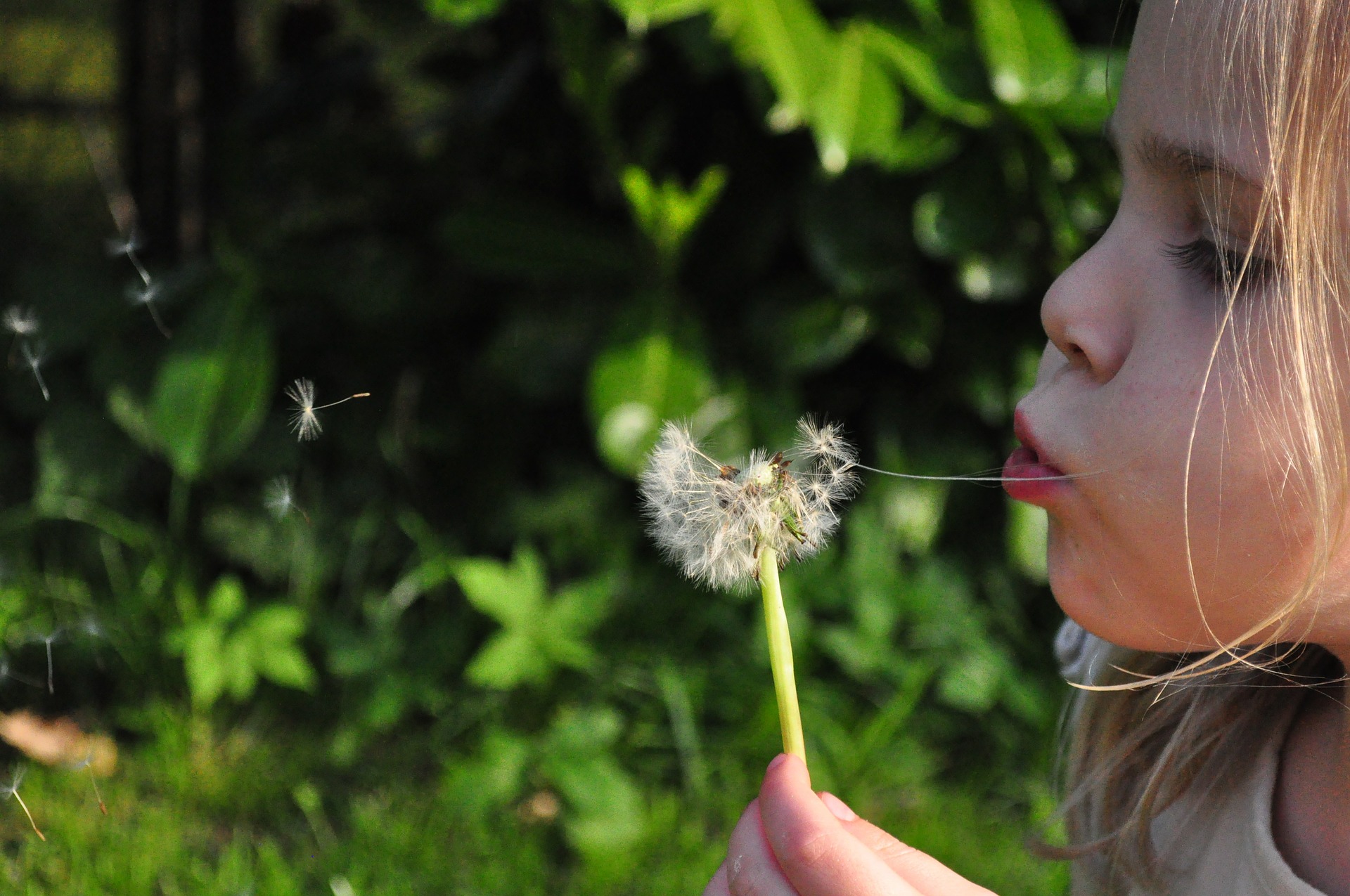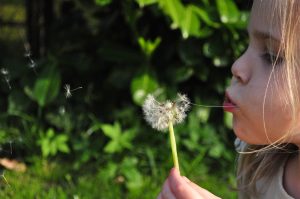
You can teach your child this breathing technique to help him reduce stressful feelings and begin to manage overwhelming emotions.
There are lots of ways to react to stress, some healthy and positive and others not. Breathing in a particular way is highly effective. The technique I describe below works because it quickly activates the parasympathetic nervous system1, which has a calming effect. It’s called the 4-7-8 technique and involves counting the length of inhales, holds, and exhales in a series of breathing cycles.
 Once your child learns the technique, she can use it the next time she’s feeling angry, frustrated, overwhelmed, withdraws, or has any other form of stress. You may also want to use it with your child when you sense stress is building, before there’s a blow up. An important part of self-regulation is being aware of when you’re shifting out of the so called emotional “green zone,” and moving toward a red (hot, volatile) zone or a blue (withdrawn, defensive) zone.
Once your child learns the technique, she can use it the next time she’s feeling angry, frustrated, overwhelmed, withdraws, or has any other form of stress. You may also want to use it with your child when you sense stress is building, before there’s a blow up. An important part of self-regulation is being aware of when you’re shifting out of the so called emotional “green zone,” and moving toward a red (hot, volatile) zone or a blue (withdrawn, defensive) zone.
Here’s how to use this breathing technique
1.Begin by having your child blow his nose to clear it out, then have your child sit comfortably on a chair or the floor.
2. Ask your child to place the tip of his tongue behind his front teeth and leave it there for the rest of the breathing time.
3. Next, ask your child to exhale fully through the mouth, letting the air blow around the tongue and past the teeth. It will make some swishing sounds and that’s fine.
4. Now ask your child to close his mouth and inhale through the nose, silently counting to four. You may want to count aloud for younger children and teach them to count with their fingers if they are not yet able to count in their heads.
5. Hold the breath while silently counting to seven. (Or counting fingers for younger children)
6. Exhale completely through the mouth, making a blowing sound, while silently counting to eight. This ends one breathing cycle.
Repeat the inhale-hold-exhale pattern three more times, for a total of four cycles.
It doesn’t matter how fast or slowly you count – counting should fit the person’s breathing capacity. What’s important is the 4-7-8 ratio. It’s common to feel light-headed when you first try this practice, and that’s fine. In time, the light-headedness will diminish.
To help your child build the ability to self-calm, you may want to do this every day, or even twice a day. With practice, you can gradually increase the number of cycles your child does up to eight. Once learned, this is something your child can do anytime she or he is feeling stressed. (And yes – it’s great for grown-ups too!)
*************
1The Parasympathetic Nervous System (PNS) is one of two complementary sets of nerves in the autonomic nervous system. It’s partner, the Sympathetic Nervous System (SNS) is essential for stimulating basic life functions such as digestion. The parasympathetic nerves run down from the brain, and include the Vagus nerve and segments of the spinal nerve. One important role they play is in modulating the heart, respiration and the digestive system. When stimulated, the parasympathetic nerves slow the heart rate, relax gastrointestinal muscles and calm a person. It is a dampening system, variously called the “calm and connect” or “rest and digest” response. In contrast, the Sympathetic Nervous System is an activating system responsible for stimulating activities such as sexual arousal, digestion and excretion, as well as the well-known “fight or flight” response.
Many experiences in modern life activate the SNS, including the fast pace of modernity, lack of down time, stimulation from screen devices, lack of sleep, traffic congestion and numerous other everyday occurrences.
Some other things that activate the parasympathetic nervous system are being in nature, meditating, getting a massage, deep prayer, yoga, mindfulness, chi gong, and playing with animals. Loving-Kindness meditation is especially effective.
